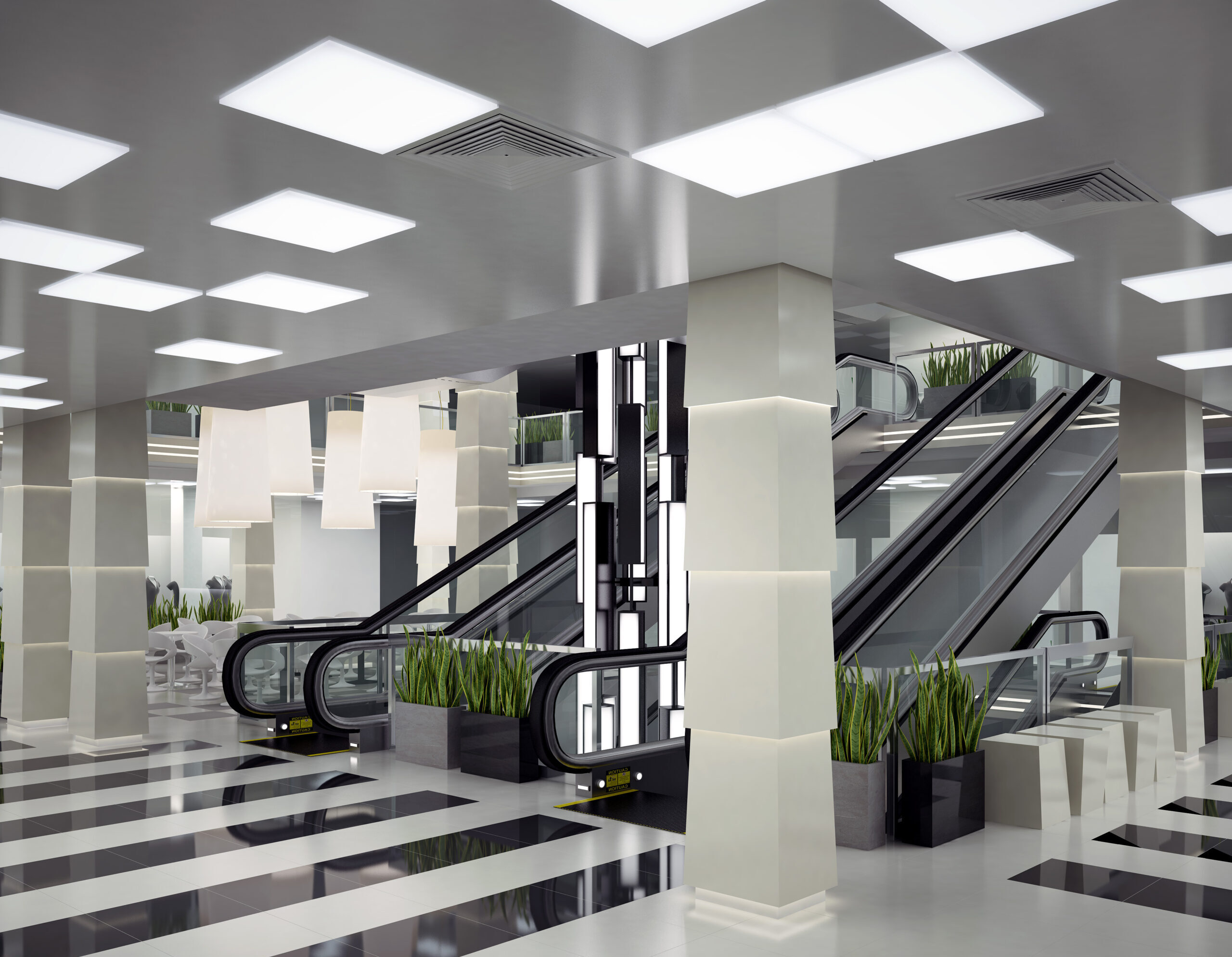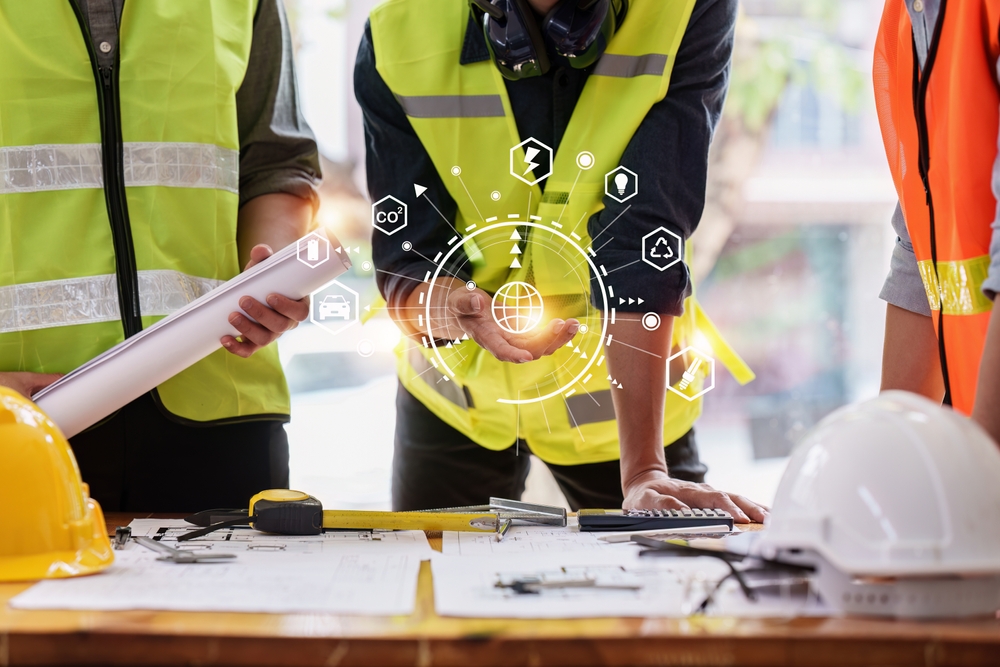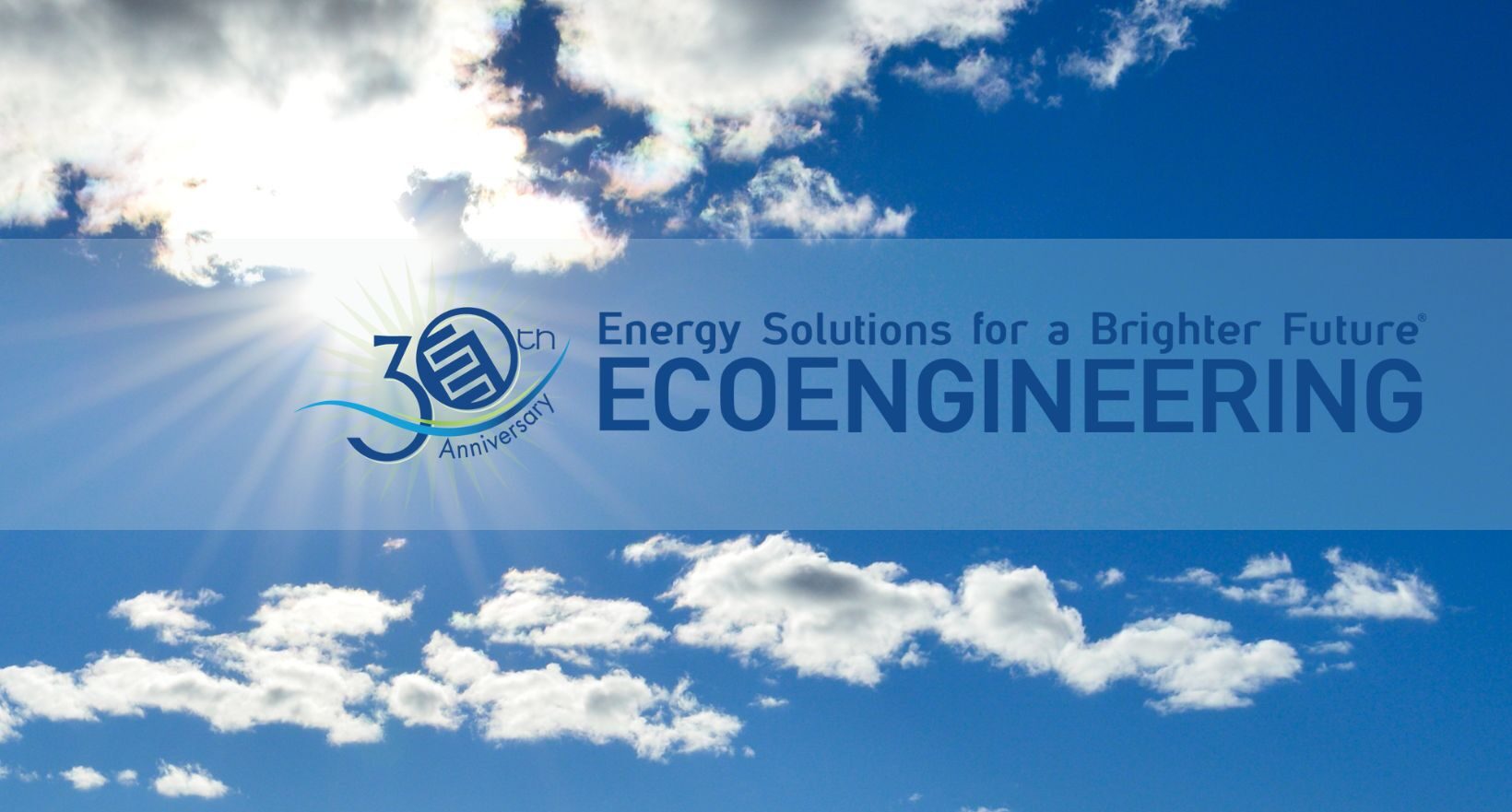News & Blog
Stay up to date with news about Eco Engineering and our growing business providing integrated energy services solutions. We can provide guidance on how to help achieve energy goals for you and customers, and we’ll also share relevant news about industry topics.
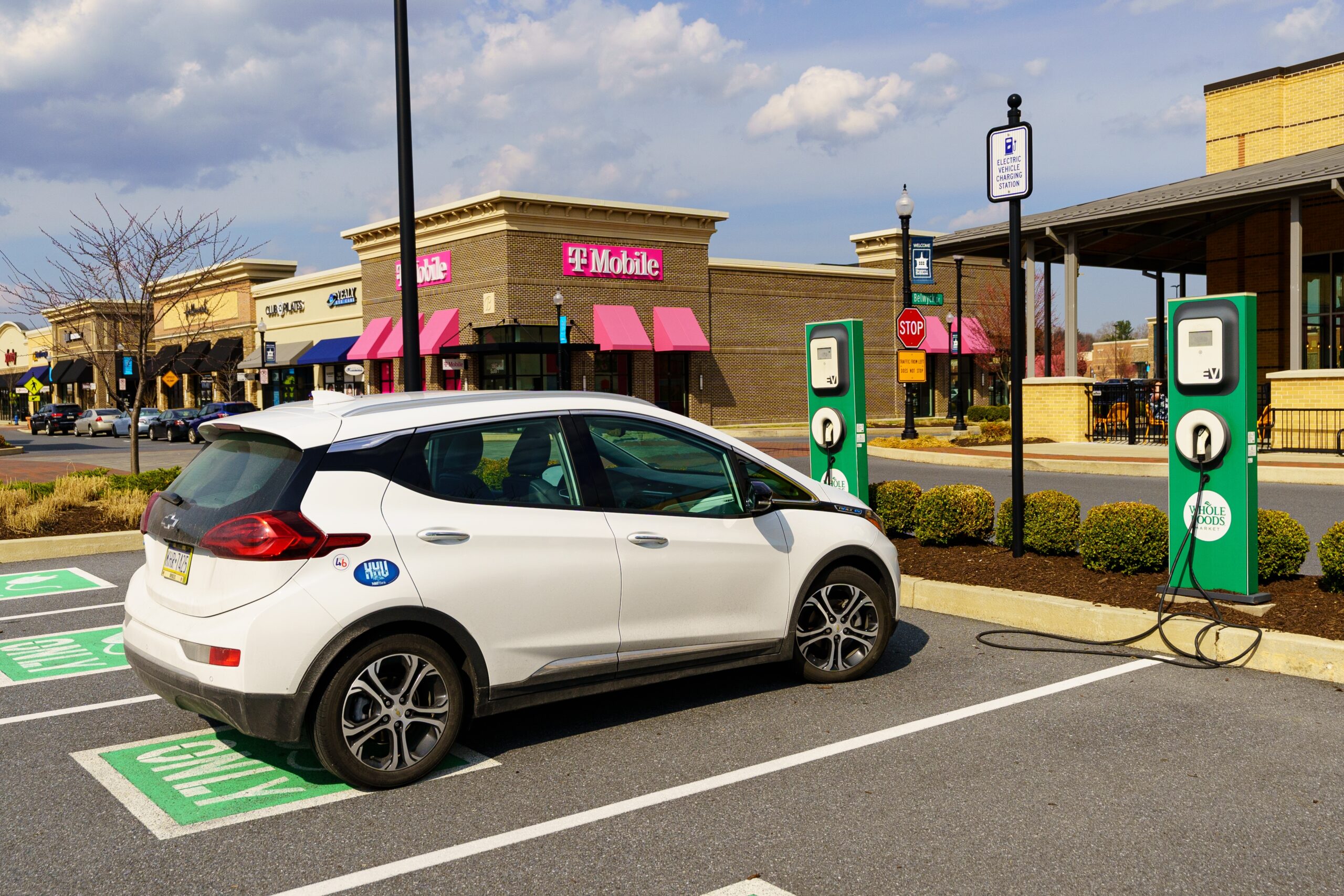
Electric Avenue: The Benefits and Challenges of EV Charging Infrastructure for Business Owners
Welcome to Electric Avenue! Jen Parke highlights how installing EV charging infastructure can attract more customers, achieve ESG goals, and unlock revenue potential. On top of that, discover how partnering with proactive contractors can help maximize incentives and reduce costs.

Eco Engineering’s Switch to SnapCount Propels Lighting Retrofit Efficiency
Dive into the remarkable results post-SnapCount implementation, a 20% boost in audit speed, 100% reduction in post-audit organization, and a streamlined one-week auditor training and onboarding process.
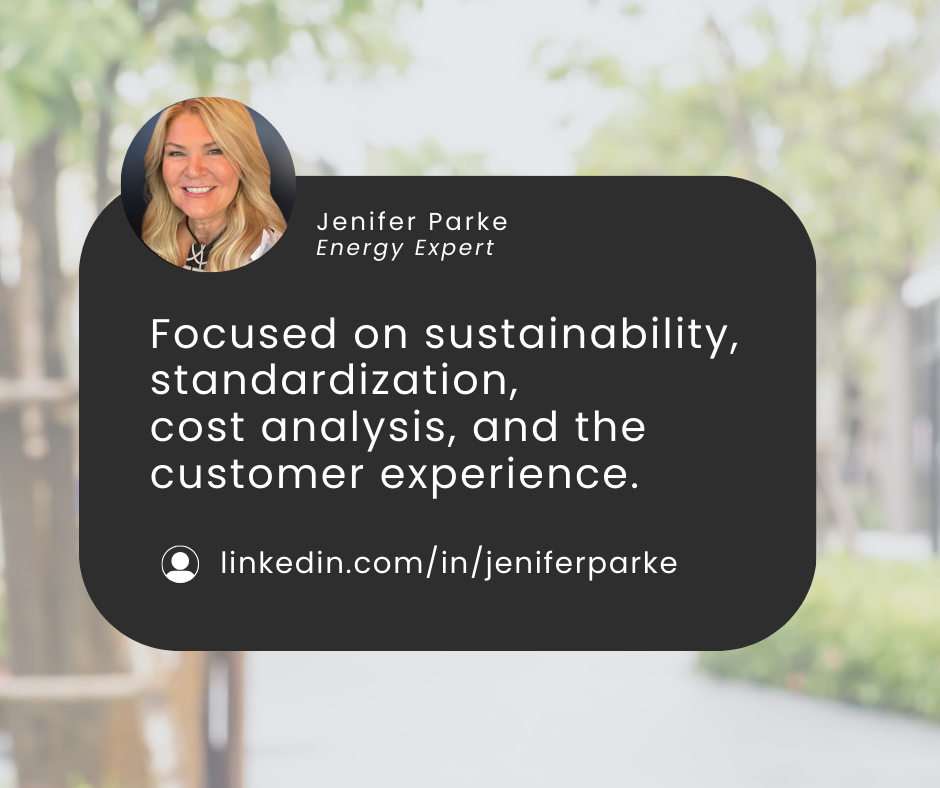
Navigating ESG Goals: Comparing Energy Efficiency vs. Energy Management
Explore the strategic path to achieve ESG goals with Jenifer Parke, National Key Account Manager at Eco Engineering, as she compares energy efficiency vs. energy management.
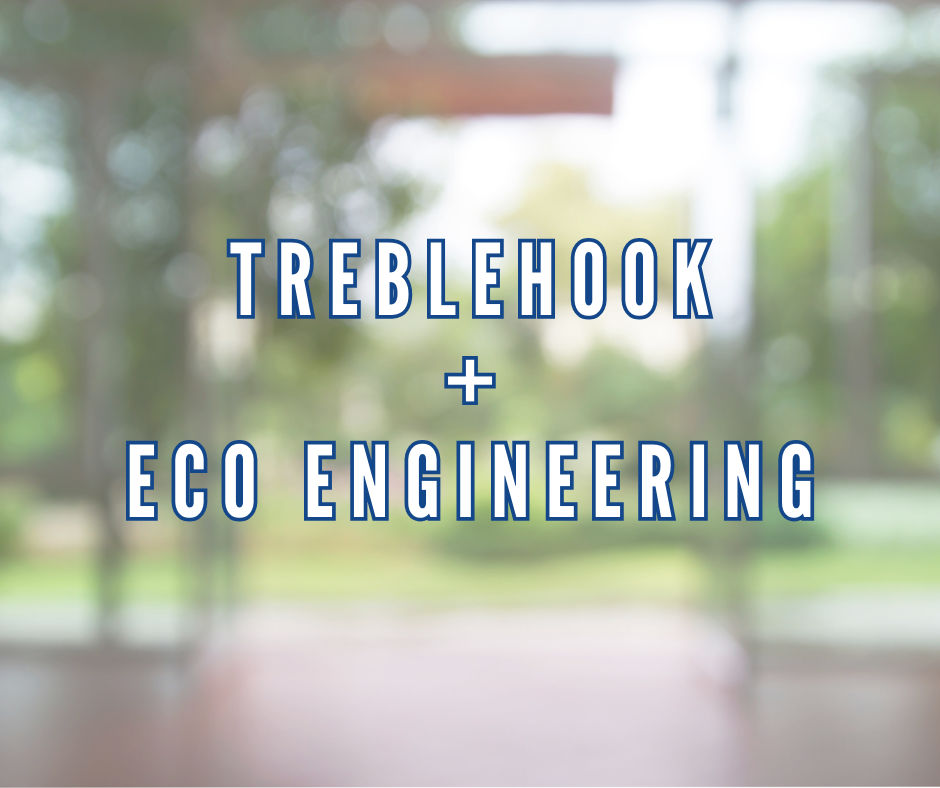
Transforming CRM Operations at Eco Engineering: The TrebleHook Journey
Evan Stone, VP of Sales at Eco Engineering, praises CRM, TrebleHook’s transformative impact on internal data compliance, efficiency, and client value in a swift and client-centric partnership.
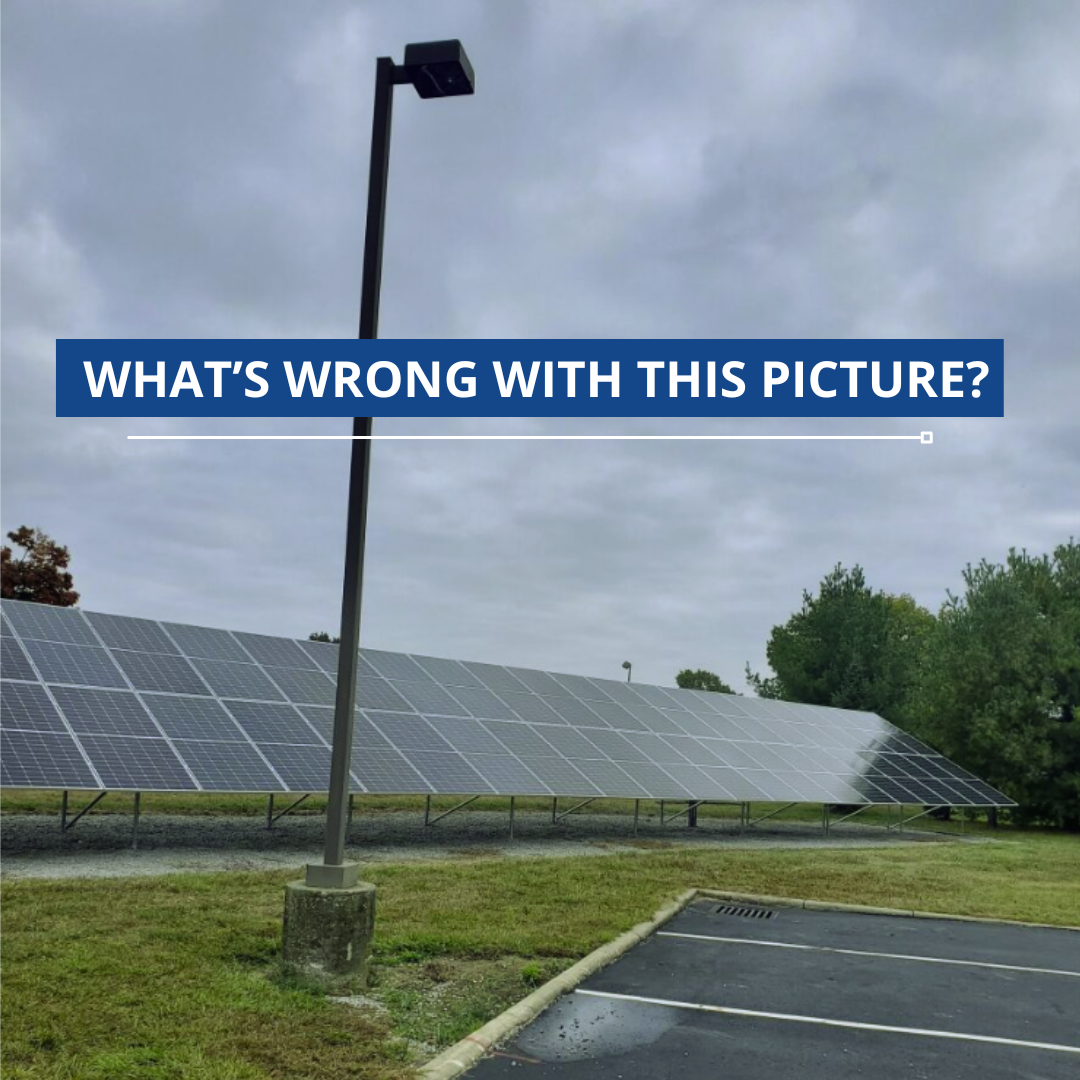
Why It’s Critical to Prioritize Commercial Energy Efficiency to Catalyze Sustainable Impact
Commercial energy efficiency serves as the cornerstone for sustainable transformations. Learn why starting with foundational steps like LED lighting upgrades offers substantial strategic value.

Commercial Energy Efficiency: A Guide to Prioritizing Energy Conservation Projects
Achieve commercial energy efficiency with the help of EPC firms and understand how to prioritize ECM projects. Learn how in our step-by-step process guide.

Commercial Energy Efficiency: Top 10 Challenges to Achieve Climate Goals and How an EPC Can Help
Explore 10 challenges companies face in pursuing commercial energy efficiency and how an EPC can help as a trusted ally to retrofit and optimize through Energy Conservation Measures.
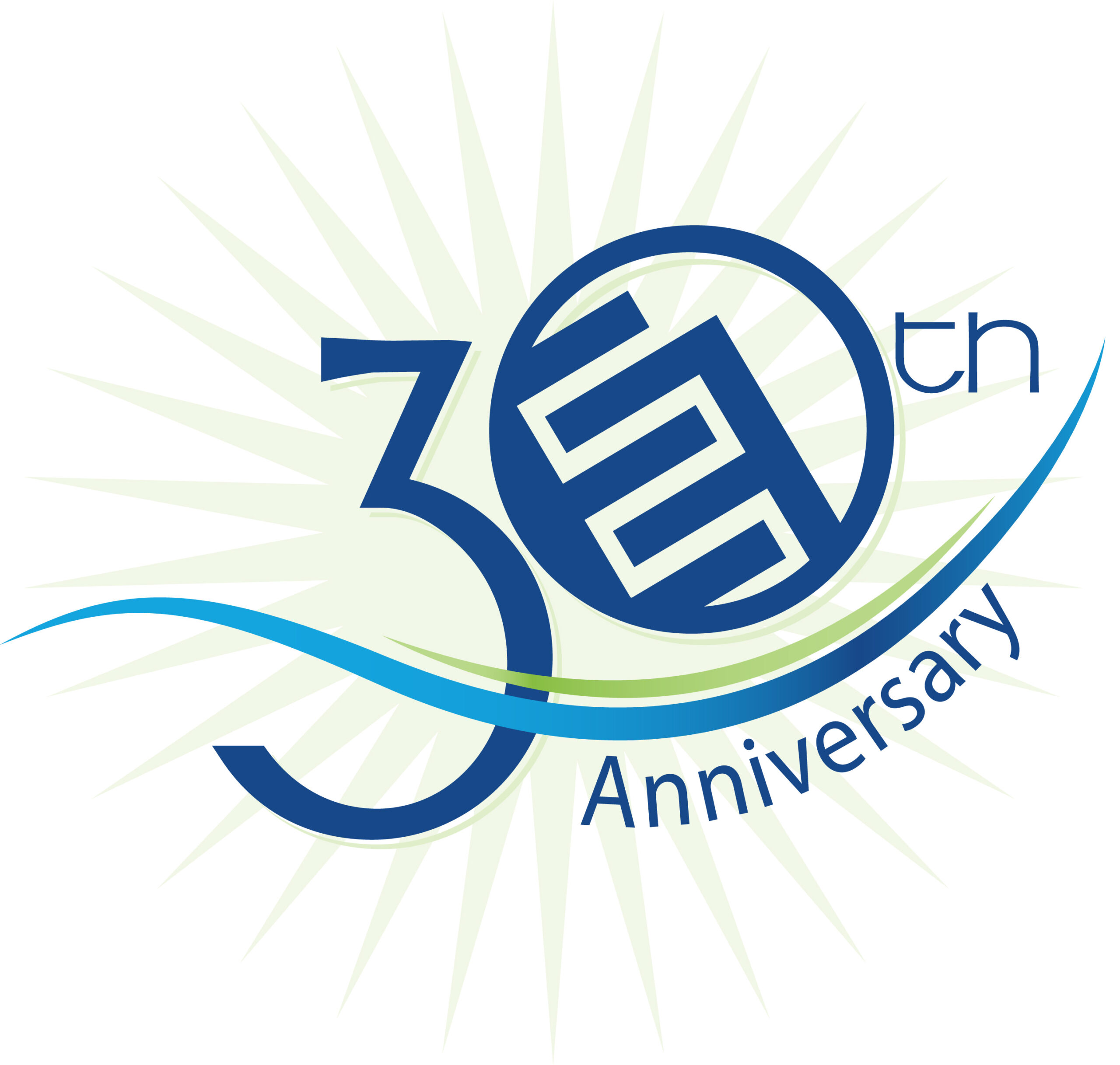
Celebrating 30 Years and Launching a New Website
As a Leading Nationwide Commercial EPC Contracting Firm, We’re Excited to Launch our New Website and Celebrate 30 Years of Service as an Integrated Energy Service Solutions Provider.
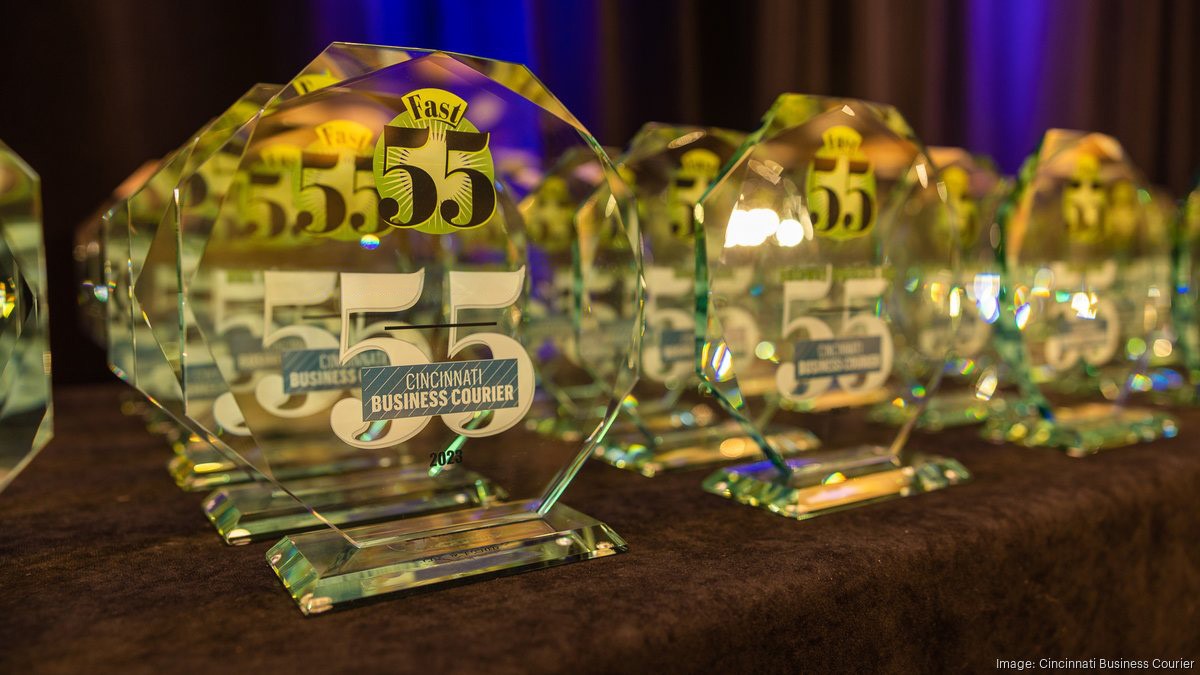
Eco Engineering Selected as one of the “Fast 55”
We are honored to be recognized by the Cincinnati Business Courier as 15th on the list of the “Fast 55” – a list that includes 55 of fastest growing companies in Greater Cincinnati.




